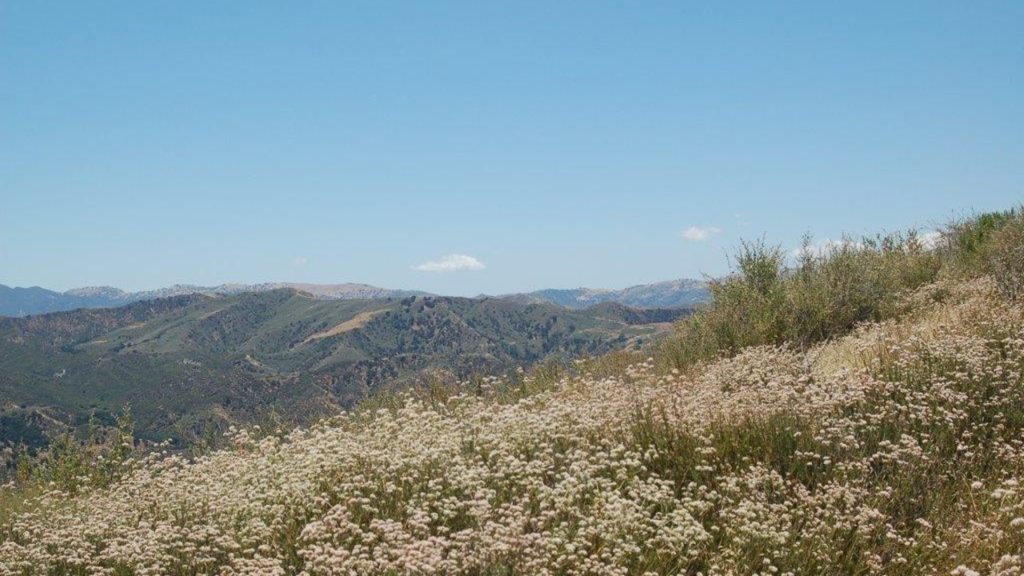The largest undeveloped private property in Los Angeles County is now part of a protected ecological area that will preserve habitat and facilitate wildlife movement between the Los Padres National Forest and adjoining mountain ranges. It also moves California a step closer in its effort to conserve 30 percent of the state’s land and coastal waters by 2030, often referred to as the 30×30 initiative.
The Hathaway/Temescal Ranch property, 6,006 acres of open space, lies between Castaic Reservoir and Lake Piru, and represents one of the largest conservation purchases adjacent to the Los Padres National Forest in history. It includes rolling hills, chaparral, oak woodlands, and natural springs that provide a water source in an increasingly arid climate. The property is also within the flight path for endangered California condors from the nearby Sespe Condor Sanctuary.

The property was acquired in three phases by the nonprofit Trust for Public Land, and transferred to the Mountains Recreation and Conservation Authority, a local government agency. Had the land not been protected, it might have become a large suburb with homes, shopping malls, and roads.
The California Wildlife Conservation Board was key to acquiring the land and funded almost half of the purchase, including $3.5 million in voter-approved Proposition 117 funds to secure the final phase.

The property sits within a Los Angeles County-designated “Significant Ecological Area.” It helps create critical east to west linkage between the San Gabriel and Sierra Madre mountains as well as a north to south linkage between the Sierra Madre and Santa Susanna mountains, both highlighted in the South Coast Missing Linkages Project, which is a comprehensive plan for a regional network that would maintain and restore critical habitat linkages between existing reserves. These linkages form the backbone of a conservation strategy for Southern California.
The acquisition is another step forward toward California’s 30×30 conservation goals. Scientists from around the world agree that conserving one-third of the planet by 2030 is needed to combat climate change, protect people from climate impacts, and limit the mass extinction of plant and animal life. It also represents a historic opportunity to strengthen the human connection to nature, especially for communities that have historically lacked access, including rural communities like Piru and Castaic and beyond in Los Angeles.
The land is currently open to the public on a limited basis by request. Some adjacent parcels must be acquired for entrance stations, better vehicle access, and trails before it fully opens to the public.







Comments are closed.